Arduino Mega 2560 16A PRO Mini Board Overview
The Arduino Mega 2560 16A PRO Mini Board is a compact, high-performance development board built around the ATmega2560 microcontroller. It delivers the processing power, memory, and extensive I/O capabilities of the full-size Arduino Mega in a smaller footprint, making it ideal for embedded systems, portable electronics, robotics, 3D printing controllers, and advanced IoT projects.
Arduino Mega 2560 16A PRO Mini Board – Compact Form Factor

Key Benefits
- High-capacity microcontroller: ATmega2560 provides the headroom to run large sketches and complex control algorithms.
- Space-saving design: Mini form factor that fits into tighter enclosures without sacrificing functionality.
- Rich connectivity: Multiple hardware serial ports, SPI and I2C for sensors, modules, and expansion boards.
- Strong memory and storage: 256KB Flash (8KB used by bootloader), 8KB SRAM, and 4KB EEPROM for data logging and configuration storage.
- Easy development: Compatible with the Arduino IDE and most Arduino Mega libraries and shields.
Technical Specifications
- Microcontroller: ATmega2560
- Operating Voltage: 5V
- Input Voltage (recommended): 7V to 12V via VIN or external supply
- Clock Speed: 16 MHz
- I/O Pins: 70 total – 54 digital I/O (15 PWM) and 16 analog inputs
- Memory: 256KB Flash (8KB bootloader), 8KB SRAM, 4KB EEPROM
- Communication: Multiple UARTs (hardware serial), SPI, I2C
- Programming: Upload via Mini USB or external programmer
Connectivity and Expansion
The board supports standard serial interfaces and common communication protocols, enabling connection to sensors, motor drivers, displays, Wi-Fi/Bluetooth modules, and CNC/3D printer controllers. It is compatible with many Arduino Mega shields and widely used libraries, simplifying integration into existing projects.
Applications
- Robotics and motion control (robot arms, mobile robots, motor controllers)
- IoT gateways and data loggers
- 3D printers, CNC machines, and other digital fabrication controllers
- Smart home automation and complex sensor networks
- Education and prototyping for advanced embedded systems
Getting Started
Powering the Board
- Use a regulated 7V to 12V supply on VIN or an appropriate 5V regulated source on the 5V pin.
- Ensure current capability meets your peripherals (motors, relays, displays).
Programming and Tools
- Install the Arduino IDE and select the appropriate board settings (ATmega2560 variant) to upload sketches via Mini USB.
- Use the hardware serial ports for debugging, multi-device communication, or telemetry links.
- Advanced users can program via ISP using an external programmer for bootloader updates or low-level flashing.
Why Choose This Board
If you need the memory and I/O density of an Arduino Mega but have limited space, the Arduino Mega 2560 16A PRO Mini Board provides a compact, reliable platform with full-featured connectivity and wide application potential. It is a go-to choice for professionals and hobbyists building compact robotics, IoT systems, and custom controllers.
Note: Images are for illustration purposes only.

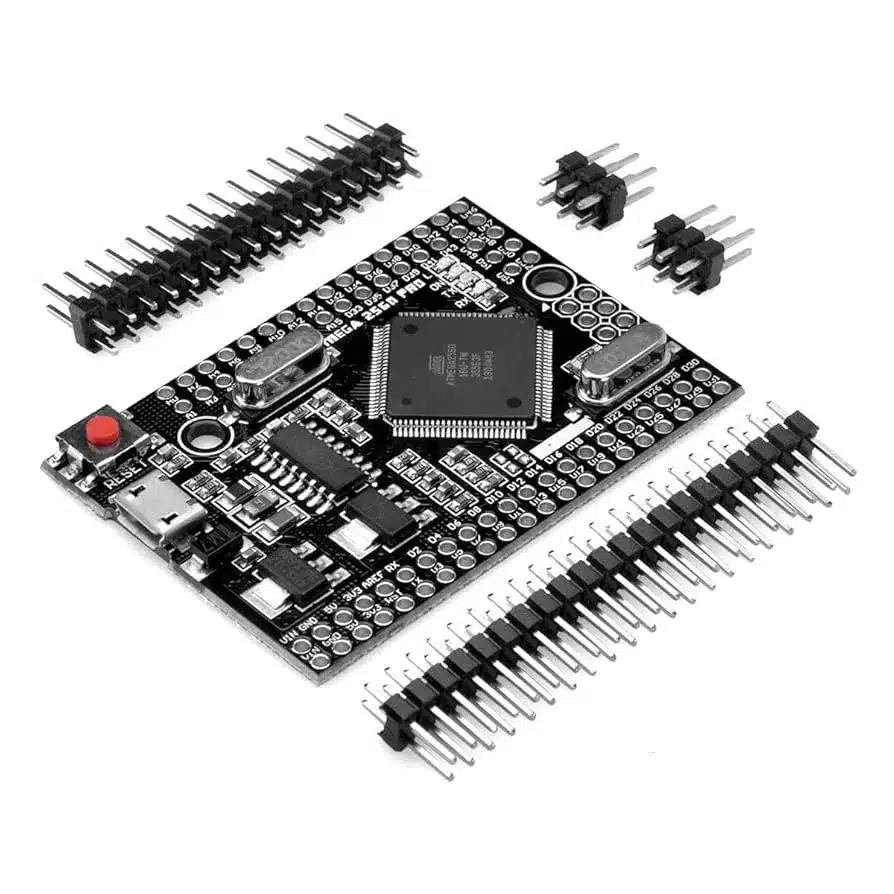
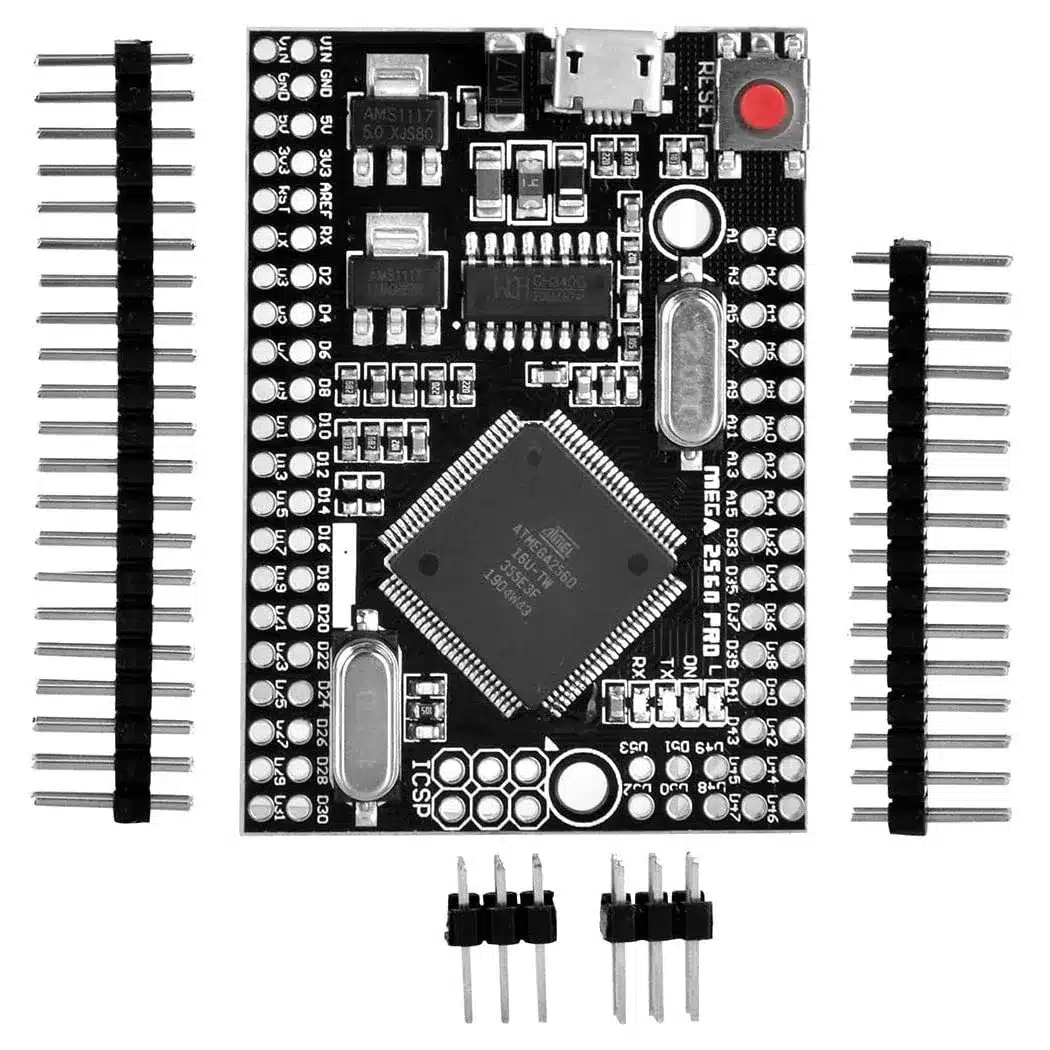
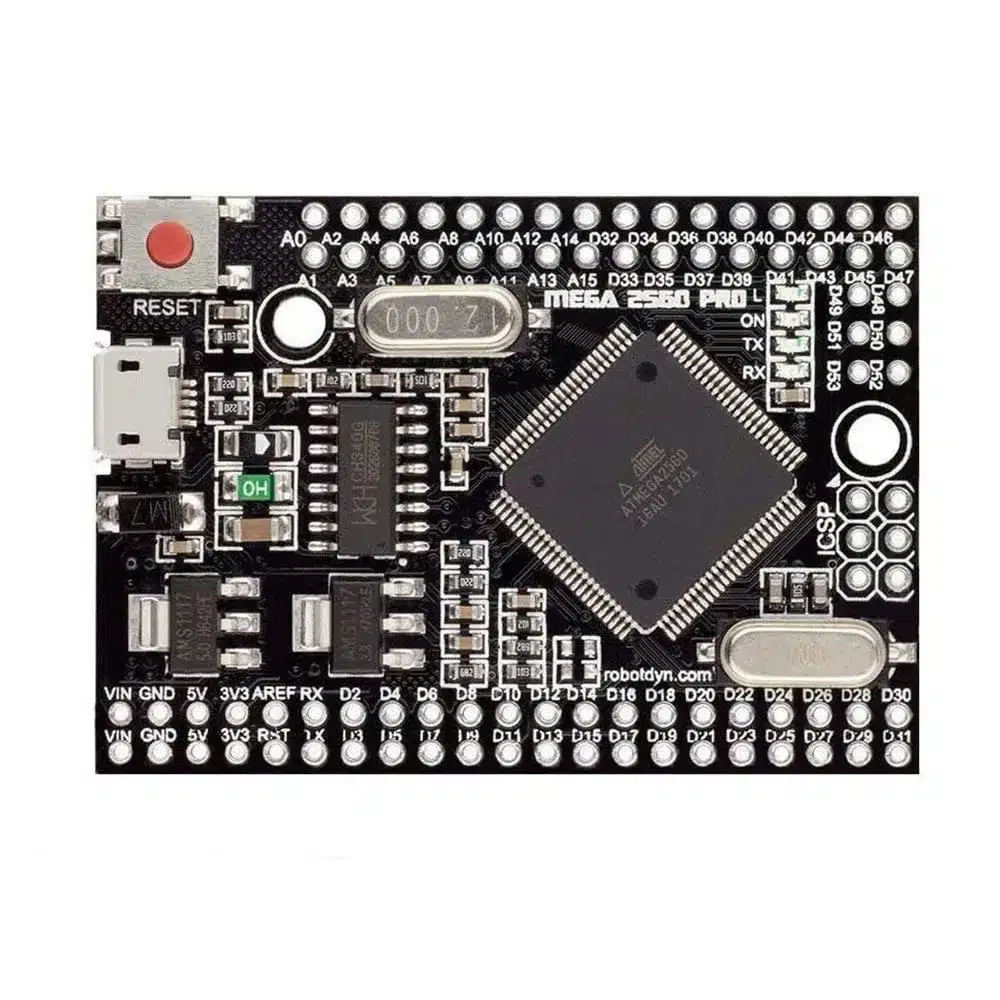

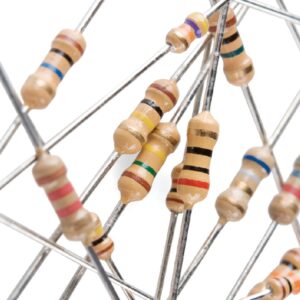
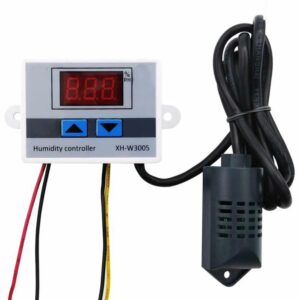
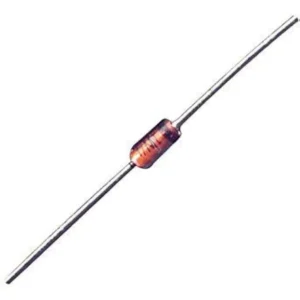

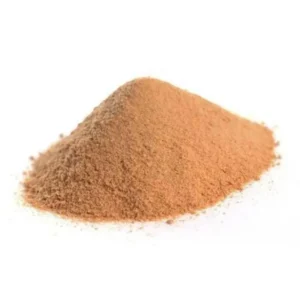
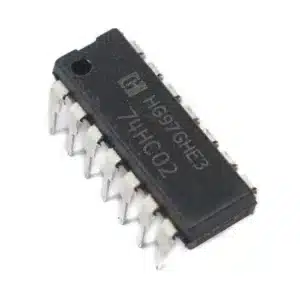
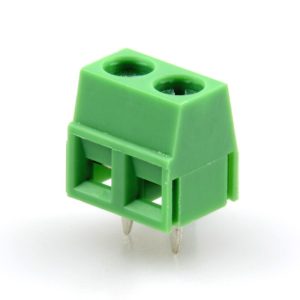
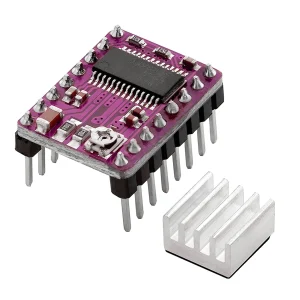
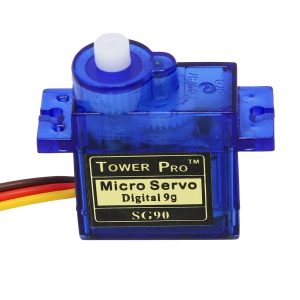
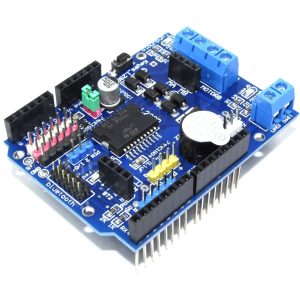

Reviews
There are no reviews yet